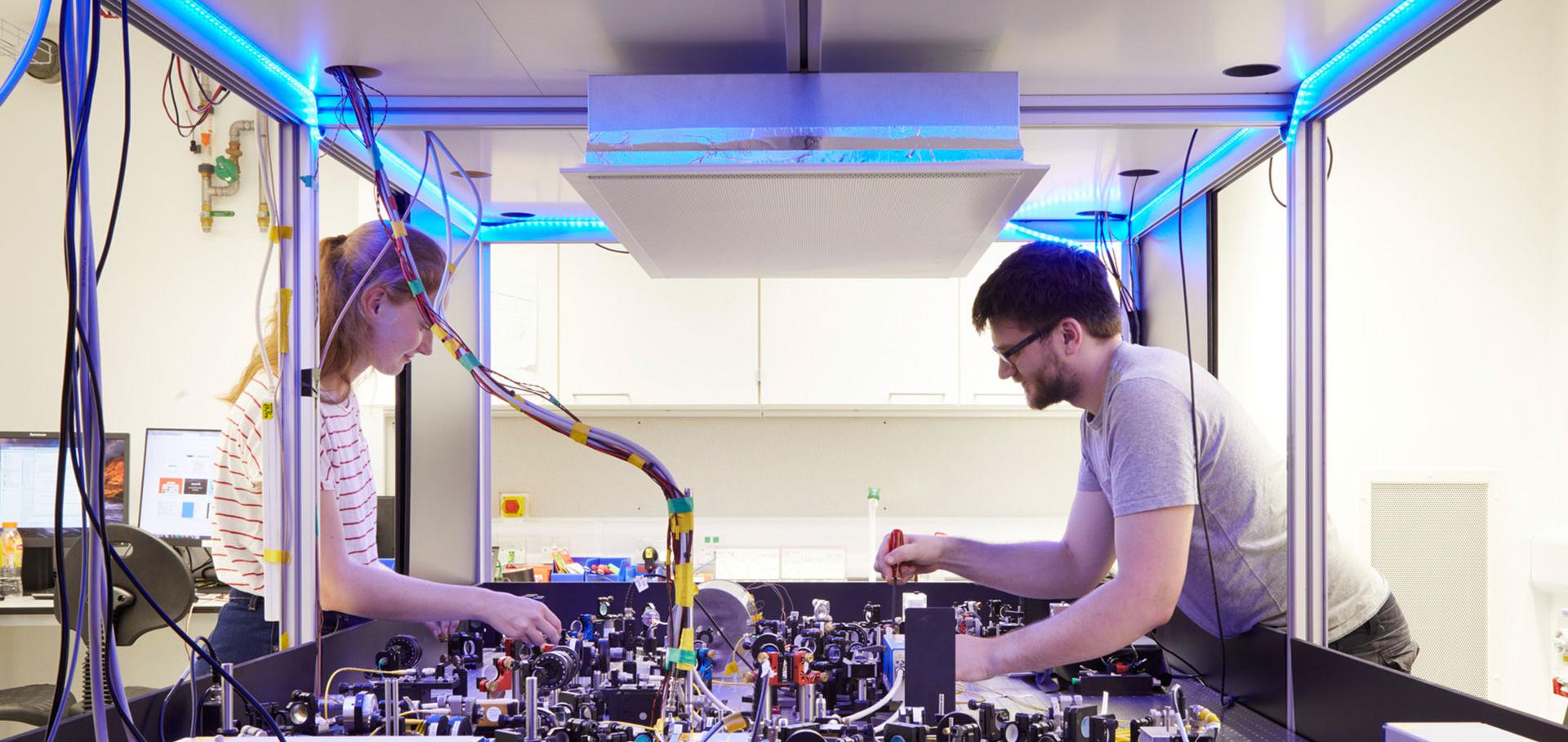Coupling-induced universal dynamics in bilayer two-dimensional Bose gases
(2025)
Observation of a bilayer superfluid with interlayer coherence
Nature Communications Nature Research 16:1 (2025) 7201
Abstract:
Controlling the coupling between different degrees of freedom in many-body systems is a powerful technique for engineering novel phases of matter. We create a bilayer system of two-dimensional (2D) ultracold Bose gases and demonstrate the controlled generation of bulk coherence through tunable interlayer Josephson coupling. We probe the resulting correlation properties of both phase modes of the bilayer system: the symmetric phase mode is studied via a noise-correlation method, while the antisymmetric phase fluctuations are directly captured by matter-wave interferometry. The measured correlation functions for both of these modes exhibit a crossover from short-range to quasi-long-range order above a coupling-dependent critical point, thus providing direct evidence of bilayer superfluidity mediated by interlayer coupling. We map out the phase diagram and interpret it with renormalization-group theory and Monte Carlo simulations. Additionally, we elucidate the underlying mechanism through the observation of suppressed vortex excitations in the antisymmetric mode.Parametric resonance with linear damping: a general formula for the excitation threshold for high orders
Physica Scripta IOP Publishing 100:7 (2025) 075257
Abstract:
We derive a general formula for the excitation threshold of parametric resonances of an oscillator with linear damping from consideration of the asymptotic properties of the Mathieu equation. This provides a good approximation for resonances of order m ≥ 2, and it is especially useful for high-order resonances in systems with light damping for which other approaches are cumbersome. Parametric resonance is ubiquitous in mechanical and electrical systems and its threshold is an important consideration, e.g., for systems that would be damaged by a high amplitude of resonantly excited motion. We present the expressions in a form useful for understanding systems with high quality factors such as trapped atomic ions, micro-mechanical devices and other oscillators, especially those with low dissipation in vacuum. High-order parametric resonances are extremely narrow making direct numerical simulation computationally intensive as well as less insightful.Detecting Phase Coherence of 2D Bose Gases via Noise Correlations
Physical Review Letters American Physical Society (APS) 134:18 (2025) 183407
Terrestrial Very-Long-Baseline Atom Interferometry: summary of the second workshop
EPJ Quantum Technology SpringerOpen 12:1 (2025) 42


